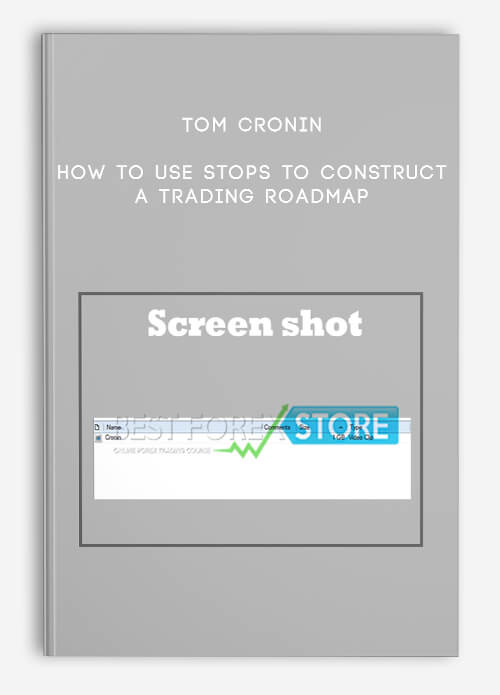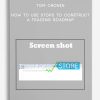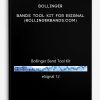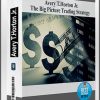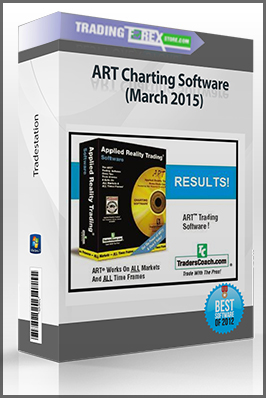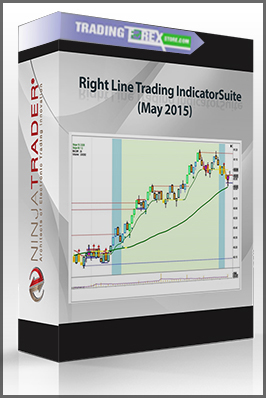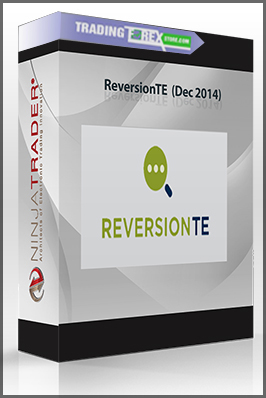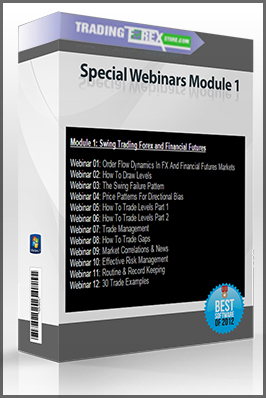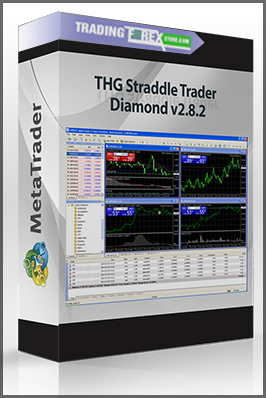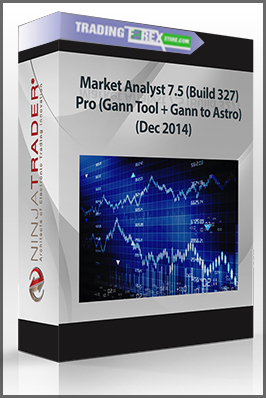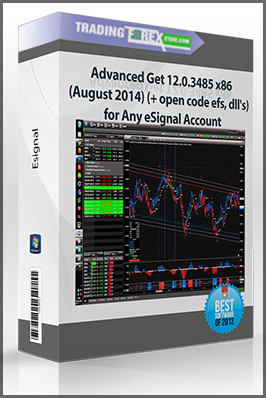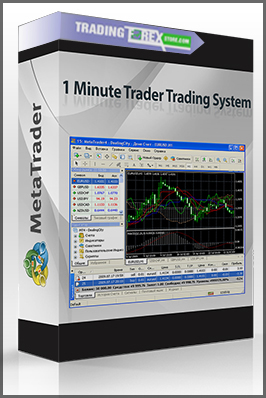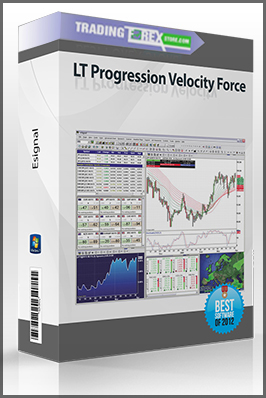Tom Cronin – How to use Stops to Construct a Trading Roadmap
$9.00
Product Include:
File size:
- Description
Description
Tom Cronin – How to use Stops to Construct a Trading Roadmap
**More information:
Get Tom Cronin – How to use Stops to Construct a Trading Roadmap at bestoftrader.com
Description:
Discover why spreads can sometimes be better than outright positions in setting up a profitable trading program. Here’s how you can put history on your side to analyze spreads and see examples of how seasonal spreads have worked in the past. Learn how to quote spreads accurately to execute your spread orders most effectively, how to take advantage of seasonal tendencies in trading crop and livestock spreads and how to use “drawdown” analysis of past spreads to build a roadmap for a spread trade.
You’ll see specific examples of successful spread trades completed by commercial traders and why they work, and you’ll hear about this year’s “home run” agricultural spread opportunity. In this DVD you’ll learn how to identify spread opportunities and get a basic understanding of how to trade them plus you’ll know how to construct a complete roadmap for a spread trade based on specific examples.
CHAPTERS
- Beginning
- I Guarantee It
- What Is a commodity spread?
- 3 Catergories of Spreads
- Get History on Your Side
- Soybean Traits
- Live Cattle Traits
- Wheat Traits
- Try This
- How Spreads Are Traded
- Spread Book
- Spread Trade Criteria
- Bench Marks
- Entry Filter
- The Homerun Spread
- Momentum
- What’s Better?
- Finally
- The Fish Test
- Testimonials
- 10 Trading Rules
- Final Word
Forex Trading – Foreign Exchange Course
Want to learn about Forex?
Foreign exchange, or forex, is the conversion of one country’s currency into another.
In a free economy, a country’s currency is valued according to the laws of supply and demand.
In other words, a currency’s value can be pegged to another country’s currency, such as the U.S. dollar, or even to a basket of currencies.
A country’s currency value may also be set by the country’s government.
However, most countries float their currencies freely against those of other countries, which keeps them in constant fluctuation.

